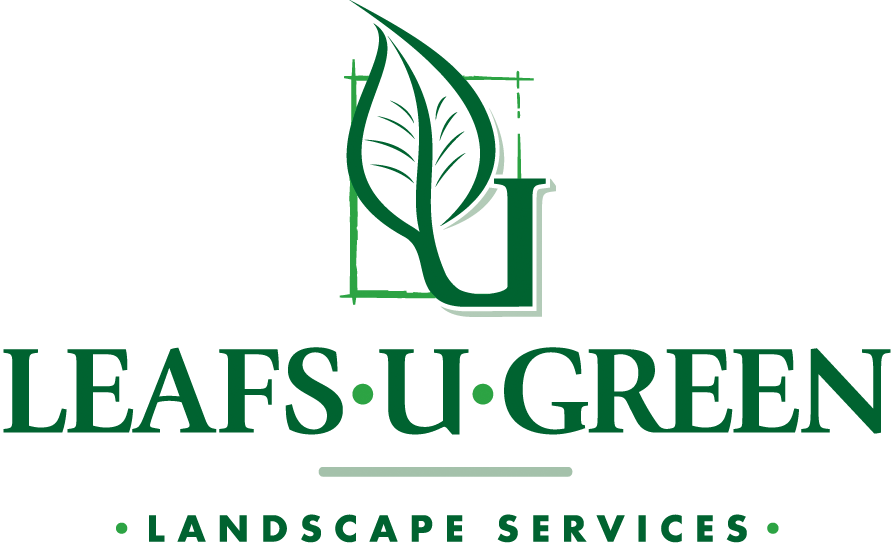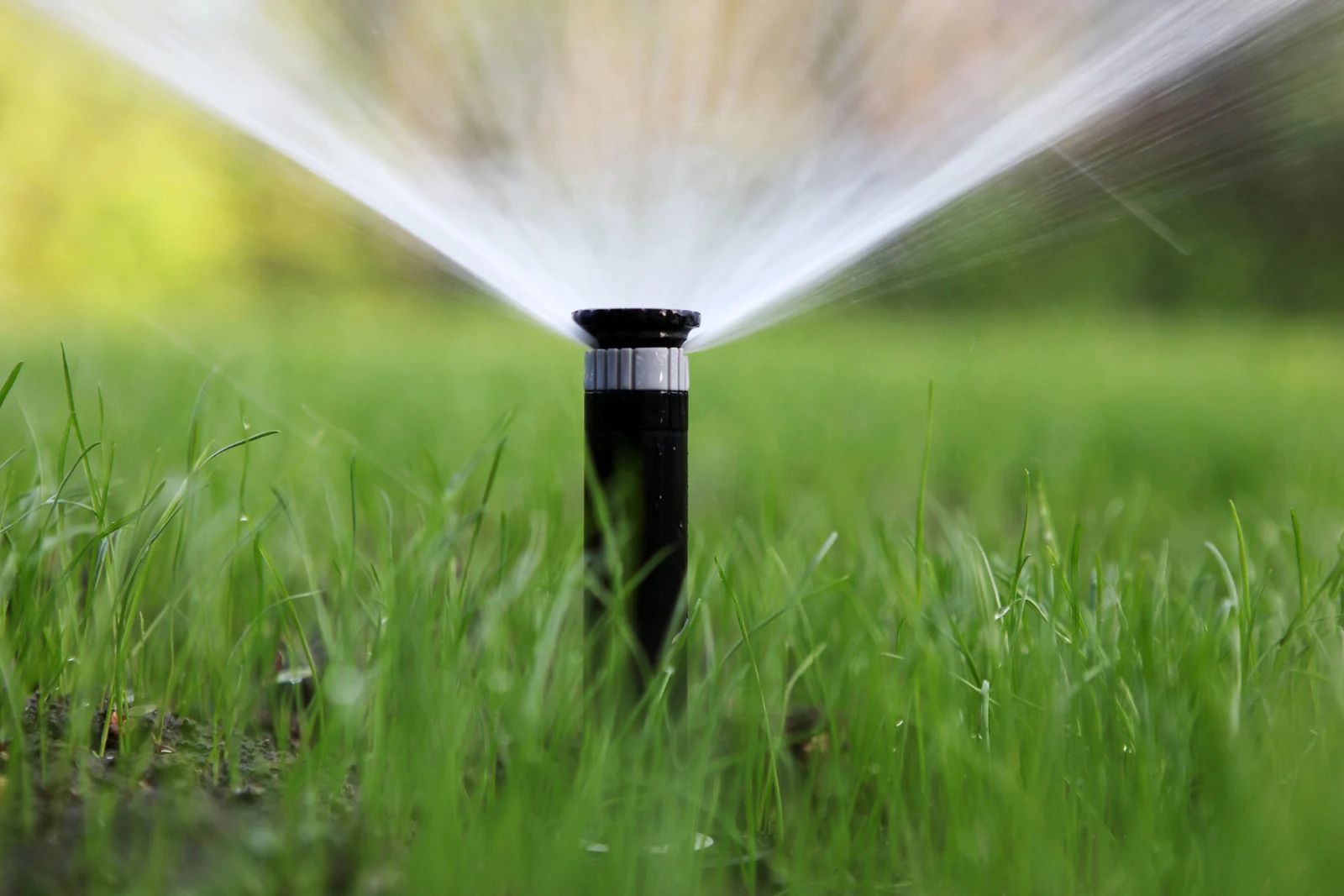The Importance of Lawn Aeration and When to Schedule It
A lush, green lawn doesn’t just happen overnight—it requires care, attention, and the right maintenance practices. Among the most important yet often overlooked aspects of lawn care is aeration. Lawn aeration is the process of perforating the soil with small holes to allow air, water, and nutrients to penetrate the roots. Over time, soil can become compacted, restricting the flow of essential resources and hindering healthy grass growth. By aerating at the right time, homeowners can rejuvenate their lawns and promote long-lasting beauty and strength.
Why Lawn Aeration Matters
Compacted soil is one of the biggest barriers to a healthy lawn. When soil is tightly packed, it reduces the movement of air, water, and nutrients to the root zone. This suffocation weakens the grass, making it vulnerable to drought, disease, and weeds. Lawn aeration addresses this problem by loosening the soil and allowing the roots to spread deeper. With stronger root systems, grass becomes more resilient and capable of withstanding stress.
Aeration also enhances the effectiveness of fertilizers and overseeding. By creating pathways in the soil, nutrients and grass seed have better access to the ground, ensuring more efficient absorption. This makes aeration a vital step before reseeding thin patches or applying seasonal lawn treatments. For lawns that see heavy foot traffic, aeration is especially beneficial, as it relieves the constant pressure that compacts soil.
When Is the Best Time to Aerate?
Timing is critical when it comes to lawn aeration. Aerating at the wrong time of year may stress the grass rather than help it. The ideal time depends on the type of grass in your lawn. For cool-season grasses, such as fescue or ryegrass, early spring or fall is best because these seasons support vigorous root growth. Warm-season grasses, such as Bermuda or zoysia, respond best to aeration in late spring or early summer when they are actively growing.
Signs that your lawn may need aeration include pooling water after rainfall, bare spots, thinning grass, or soil that feels hard to the touch. Conducting a simple screwdriver test—where a screwdriver resists penetration into the soil—can confirm compaction. Most lawns benefit from annual aeration, though heavily used lawns may require the process twice a year.
Long-Term Benefits of Aeration
Aeration is more than a quick fix; it provides long-lasting benefits. It improves soil structure, enhances root development, and increases drought resistance. Over time, aeration contributes to thicker, greener, and healthier lawns that can resist pests and weeds naturally. By maintaining a regular aeration schedule, homeowners create a foundation for a lawn that thrives year after year with minimal chemical intervention.
Professional Lawn Aeration You Can Rely On
A healthy lawn is the result of consistent care and smart practices, and aeration plays a key role in keeping grass strong and vibrant. If you want to ensure your lawn reaches its full potential, scheduling professional aeration at the right time is essential. With over 30 years of expertise, Leafs U Green has been helping homeowners in Acton, California, achieve thriving lawns that stand the test of time. Trust our experience and dedication to transform your outdoor space into a lush, beautiful landscape you’ll enjoy season after season.



